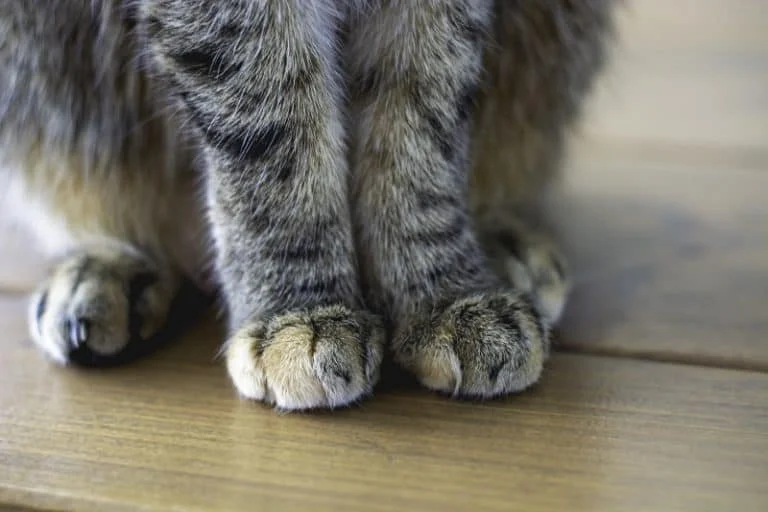
- Understanding the Role of Whiskers in Kittens
- Why Do Kittens Have Whiskers on Their Legs?
- How Kittens Use Their Whiskers
- The Development of Whiskers in Kittens
- Caring for Your Kitten’s Whiskers
1. Understanding the Role of Whiskers in Kittens
Whiskers are one of the most intriguing features of a cat’s anatomy. These long, stiff hairs, called vibrissae, are not just for looking cute; they play an essential role in helping cats navigate their environment. Kittens, like adult cats, rely on whiskers to sense the world around them. Unlike ordinary fur, whiskers are highly sensitive and serve as a cat’s primary tool for spatial awareness and communication.
Whiskers are found not only on a kitten’s face but also on their legs and body. These whiskers are deeply embedded in the skin and are connected to a rich network of nerves, making them highly responsive to touch. This sensitivity helps kittens understand their surroundings in ways that go beyond their regular vision or smell.
2. Why Do Kittens Have Whiskers on Their Legs?
You may have noticed that kittens have whiskers on their legs, specifically on the front paws and around the toes. These whiskers are vital for the same reason as the ones on their face—they help the kitten navigate and detect objects or changes in their environment. But why exactly are they found on their legs?
Whiskers on the legs, especially around the paws, are primarily used to help kittens gauge the size and shape of spaces they are walking through. These whiskers allow them to sense obstacles or changes in texture underfoot before they step forward, much like a blind person using a cane. The whiskers on the legs provide extra precision when kittens are maneuvering in tight or dark spaces, ensuring they don’t trip or injure themselves.
Additionally, these whiskers help kittens assess objects they may want to interact with, such as toys or food. By sensing the texture and proximity of objects through their leg whiskers, kittens develop their motor skills and learn about their environment in an intuitive way.
3. How Kittens Use Their Whiskers
Kittens use their whiskers for several important tasks. These tasks help them as they grow and explore their world. Here are some of the ways kittens use their whiskers:
3.1 Navigating Their Environment
Kittens rely heavily on their whiskers when exploring new places. Whiskers help them gauge the width of openings, such as doors or narrow gaps, ensuring they don’t get stuck. The whiskers on their legs also help them feel the ground as they walk, alerting them to obstacles or irregular surfaces.
3.2 Hunting and Play
Whiskers are also crucial during playtime or when a kitten is hunting. When kittens chase after toys or “hunt” objects, their whiskers help them judge the distance and movement of their prey. This is especially important when a kitten is trying to pounce or catch something in low-light conditions.
3.3 Communication
Although whiskers are primarily sensory tools, they also play a role in communication. A kitten’s whiskers can indicate their mood—when a kitten is curious or excited, their whiskers might extend forward, while when they are fearful, their whiskers may pull back against their face. This subtle communication allows kittens to express their emotions and intentions to other cats or animals.
4. The Development of Whiskers in Kittens
Whiskers begin to grow shortly after birth and are one of the first sensory tools kittens develop. At around three weeks of age, kittens start to use their whiskers to explore their surroundings. This sensory awareness is crucial for a kitten’s survival as they begin to move around and learn about their environment.
Over time, as the kitten grows, their whiskers become more developed and fine-tuned. By the time they are six to eight weeks old, most kittens will have fully functional whiskers that they use in a variety of ways. These whiskers are vital for helping them find food, play, and avoid dangers.
5. Caring for Your Kitten’s Whiskers
Whiskers are delicate and should not be trimmed or cut. Unlike regular fur, whiskers are deeply rooted in the skin and cutting them can cause discomfort or disorientation for your kitten. Whiskers are essential for their sense of balance and spatial awareness, so they need to remain intact for optimal function.
If you’re concerned about your kitten’s whiskers or notice any damage, it’s best to consult a vet. In some cases, whiskers can become overgrown or bent, especially if a kitten has had an injury. A professional will be able to assess the health of the whiskers and provide advice on how to care for them.
Whiskers are vital to a kitten’s development and play an essential role in their sensory system. By understanding the purpose of whiskers on their legs and how they use them, you can better appreciate the unique features that make cats such skilled and intuitive creatures. For more information on kitten care and to find the best products for your furry friend, visit Omnia Pet, where we offer a range of supplies to support your kitten’s growth and development.

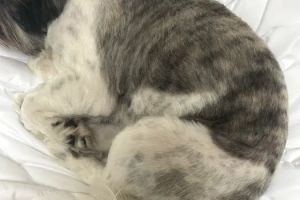

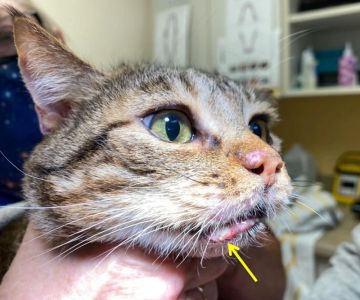




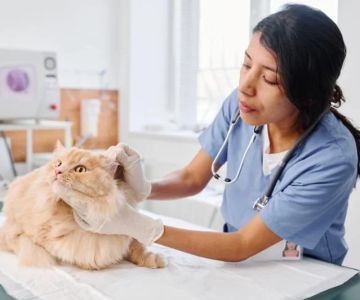
 The Coral Enclave5.0 (4 reviews)
The Coral Enclave5.0 (4 reviews) Canine Rehabilitation Of Orange County4.0 (46 reviews)
Canine Rehabilitation Of Orange County4.0 (46 reviews) Parrots for sale in USA0.0 (0 reviews)
Parrots for sale in USA0.0 (0 reviews) Aquagems Discus5.0 (38 reviews)
Aquagems Discus5.0 (38 reviews) Petco4.0 (632 reviews)
Petco4.0 (632 reviews) Sanatoga Animal Hospital, LLC4.0 (285 reviews)
Sanatoga Animal Hospital, LLC4.0 (285 reviews) The Best Dog Names of 2024: Top Trends and Classic Choices
The Best Dog Names of 2024: Top Trends and Classic Choices How to Stop Your Cat from Yowling Excessively
How to Stop Your Cat from Yowling Excessively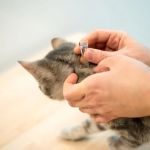 The Best Way to Remove a Tick from a Kitten
The Best Way to Remove a Tick from a Kitten The Science Behind Why Cats Love Boxes and Small Spaces: Understanding Feline Behavior
The Science Behind Why Cats Love Boxes and Small Spaces: Understanding Feline Behavior The Best Pet Insurance for Kittens with Congenital Conditions
The Best Pet Insurance for Kittens with Congenital Conditions The Best Diet for a Siamese Kitten's Sensitive System
The Best Diet for a Siamese Kitten's Sensitive System